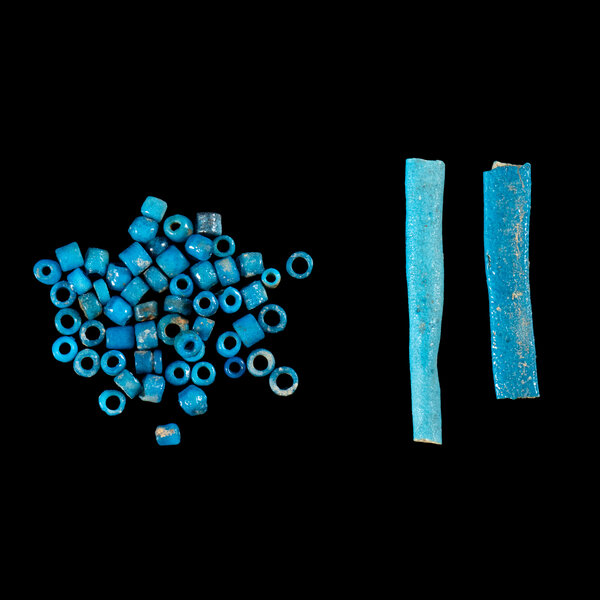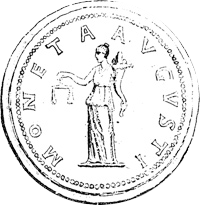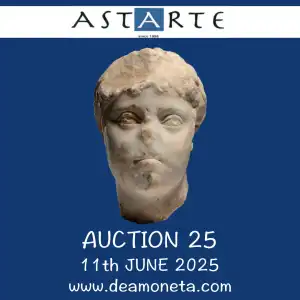



A GROUP OF 59 EGYPTIAN TURQUOISE FAIENCE BEADS.
New-Kingdom, ca. 1550-1069 BCE
Diam. Min 2 mm / Max. L. 42 mm
Provenance
Formerly with, Saskia Wessel, 05.01.1984
Of cylinder and elongated squared shape. During the New Kingdom period (1550–1069 BCE), faience production in Egypt reached a peak of technological refinement and aesthetic complexity. Egyptian faience, a non-clay ceramic material, was composed primarily of crushed quartz (silica), lime, and alkali, with small amounts of copper compounds that gave it its characteristic blue-green coloration. This vitreous material was shaped into beads through a variety of methods, including molding, hand-forming, and threading on fine reeds or strings during the drying process to ensure perforation.
The surface of faience beads was coated with a self-glazing layer known as the efflorescence technique. This method involved the application of a mixture of sodium carbonate and copper oxides, which would migrate to the surface during firing at temperatures ranging from 800°C to 950°C. This process created a glossy, glass-like finish that was both visually striking and durable.


